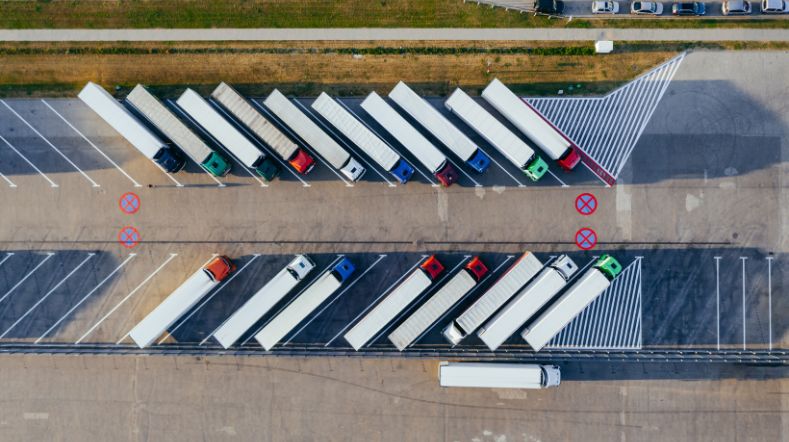
From car sickness to 'cyber sickness'
Passengers, especially younger ones sitting in the back reading, watching films or playing games on their phones, often suffer from car sickness. But what would motion sickness be like in a self-driving car (cybersickness)? TNO has been looking into this and even shares some tips for reducing motion sickness later on.
When you are reading or gaming in a moving car, your eyes are focused on the text or the screen, while the vehicle you are in moves busily back and forth. This conflicting information can upset the brain and cause sweating, yawning and vomiting due to nausea. Yet few drivers suffer from motion sickness. This is because they already know what kind of movement the car is going to make and are looking far ahead most of the time.
A survey carried out by Ford shows that 47% of respondents get sick in the back seat and 36% in the front. There is a significant difference between the driver and passengers: only 17% experience motion sickness when behind the wheel themselves
So, how do you prevent car sickness? At the bottom of this article are eight tips to help reduce the risk of motion sickness in the car.

‘Moving artificial images cause this motion sickness even when the viewer is sitting completely still.’
Self-driving cars and 'cyber sickness'
Cars are getting more and more supportive driving features: from automatically adjusting speed and distance to staying within lane lines. With the rise of self-driving cars, the type of motion sickness is also changing. We are moving from car sickness, which can happen when you are a passenger in a car, to self-driving-car motion sickness (cyber sickness), which occurs when you are travelling in a self-driving car.
It is expected that 60% of occupants of all self-driving cars will suffer from this type of motion sickness.
According to Professor Jelte Bos, a researcher of motion sickness and disorientation at TNO, this is because passengers will be busy doing very different things, especially entertaining themselves. They can watch a film while riding in an autonomous car, for example. This is also going to apply to drivers, as their job will be taken over by the car itself, meaning they become a passenger themselves.
Bos also argues that there seems to be a need for the term car sickness to be replaced by 'cyber sickness'. Jelte Bos says: ‘Moving artificial images cause this motion sickness even when the viewer is sitting completely still. Drivers who never suffer from motion sickness while driving may be susceptible to it when they are a passenger in a self-driving car. This is because of the lack of control over the vehicle and conflicting sensory stimuli.’ This will only increase in the coming years, as cars increasingly manoeuvre their way independently through traffic toward the coast and mountains.
Teaching self-driving cars what makes passengers sick
Research is being conducted at TNO in Soesterberg to determine the degree of motion sickness a person experiences. This is done by looking at physical responses such as a change in breathing, heart rate or skin temperature. This knowledge is useful when developing self-driving cars, to teach the car what might make its occupants queasy. The car should actually start driving the way people drive it now. Because if you would know which car movements are nauseating and which are not, you could adjust the self-driving car’s automatic controls to avoid those nauseating movements as much as possible.
Research with subjects
TNO’s research into motion sickness includes working with test subjects. The results produced are then translated into a mathematical model. This allows developers of self-driving cars to ensure their cars can drive in a way that minimises the risk of car sickness.

TNO also does much of its motion sickness research in the laboratory, using a large multi-purpose simulator for complex movements known as Desdemona. This is an all-in-one 3D motion simulator, disorientation trainer and advanced research laboratory.
It is a globally unique simulator used for research as well as for simulating complex situations involving flying, driving or even sailing. But eventually we will also take test subjects out onto the road in a car, albeit on a closed section, so we don't interfere with other road users while using special driving behaviour that is meant to make people carsick quickly.

Eight tips to tackle car sicknes
1. Driving style
If passengers start complaining about an excessively wild driving style halfway through the journey, it is already too late. Their vestibular system is overstimulated by then. If you are carrying people you know to be prone to car sickness, you should drive calmly from the outset. Shift up and down smoothly, take corners gradually and try not brake too abruptly.
2. View
Make sure you can look outside. Sit in the front or in the middle of the back seat, and put small children on a booster seat.
3. Distraction
Distraction is good. Sing songs or play a game when you look outside. This works well, especially with children.
4. Medication
There are different types of medication you can take for car sickness. These make you feel a little drowsy after taking a pill or drop. This is obviously not an option for the driver, nor for people who need to be alert as soon as they arrive at their destination.
5. Food and drink
What you shouldn't do is eat a lot of sweets or fatty foods. And also try to drink as little coffee as possible. This applies for up to five hours before you travel. Ginger and cola work well, however, as these have a positive effect on your digestion.
6. Lean your head against the window
For those who get sick during a car journey, leaning their head gently against the car window might work. The vibrations are said to have a positive effect.
7. Space in the car
Passengers sitting in the front seat are least likely to suffer from car sickness. If you have to sit in the back, then the middle spot is the best option. Since you can see the road ahead, this reduces the risk of car sickness.
8. Fresh air
Fresh air in the car plays an important role. So turn up the ventilation a notch or open the window slightly. Lowering the temperature to around 18 degrees would also help.
Get inspired
Getting on board with autonomous transport? Five things you need to know
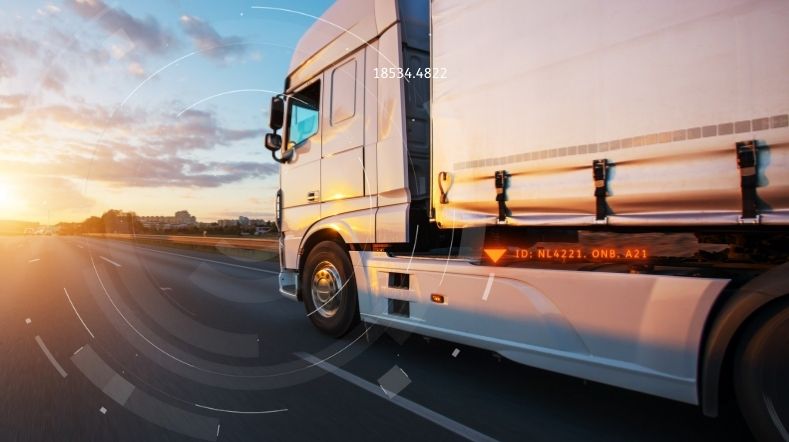

Connected mobility
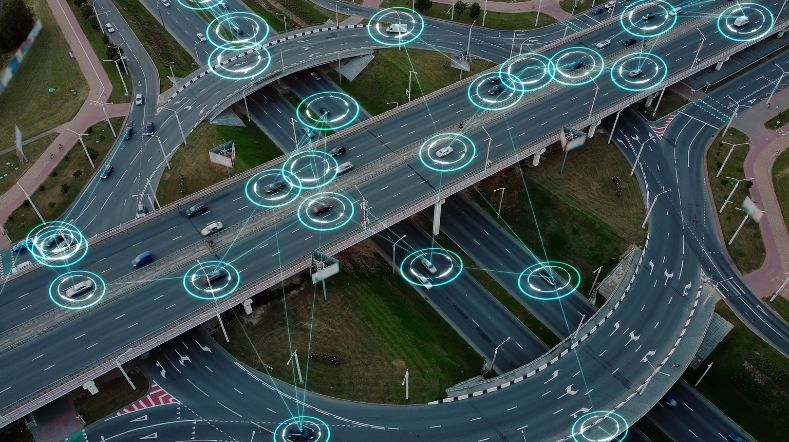

Working on safer self-driving cars
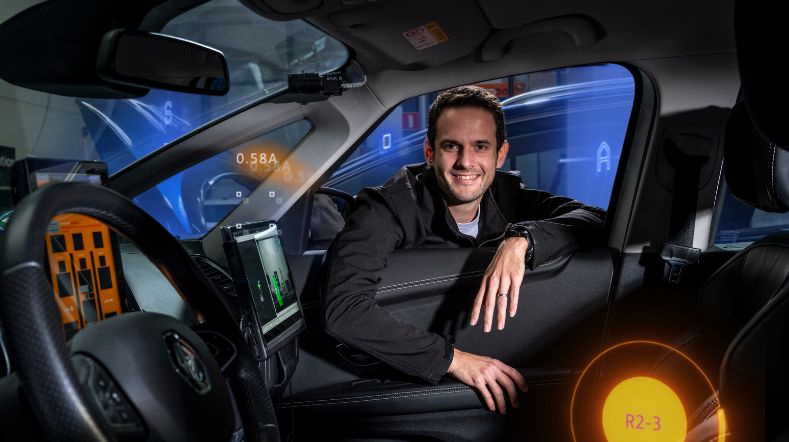

Goodyear and TNO further integrate tyre and vehicle technology to mitigate crashes in adverse weather
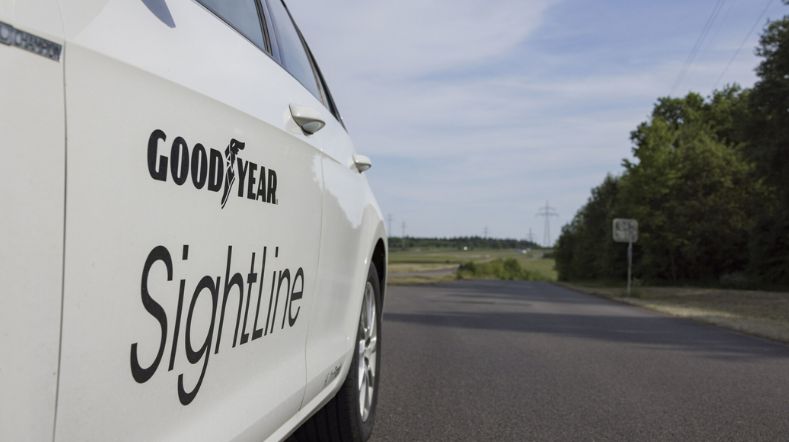

TNO CEYAS offers logistics partners advantage yard automation
